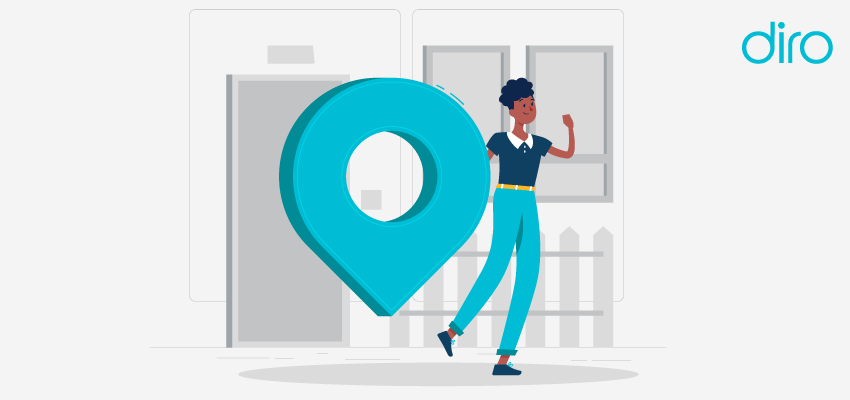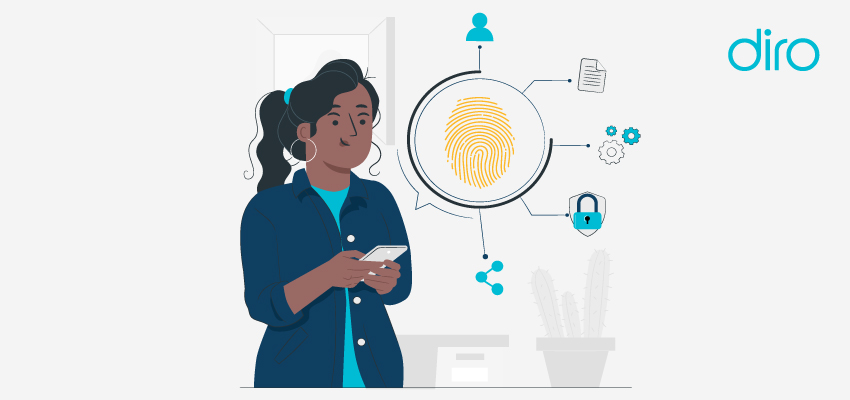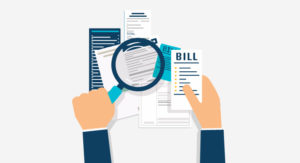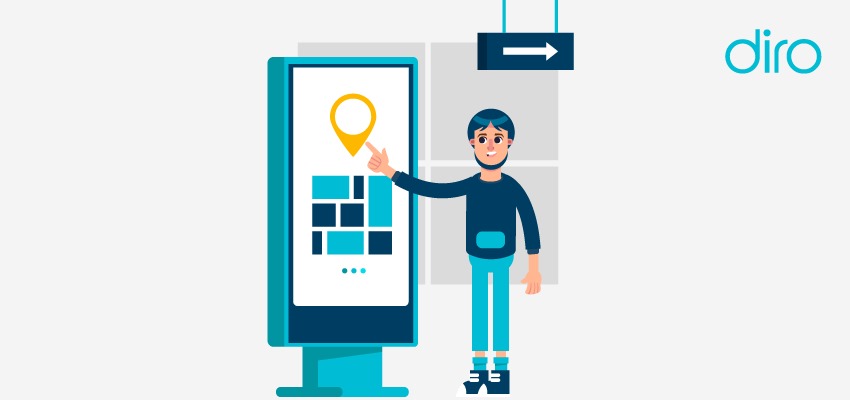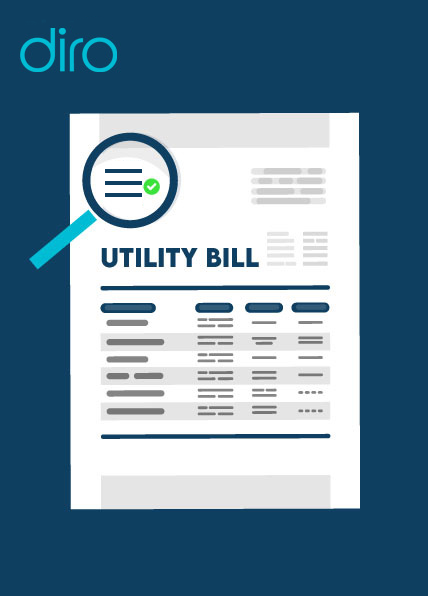How to Verify Proof of Address for Digital Banking Industry?
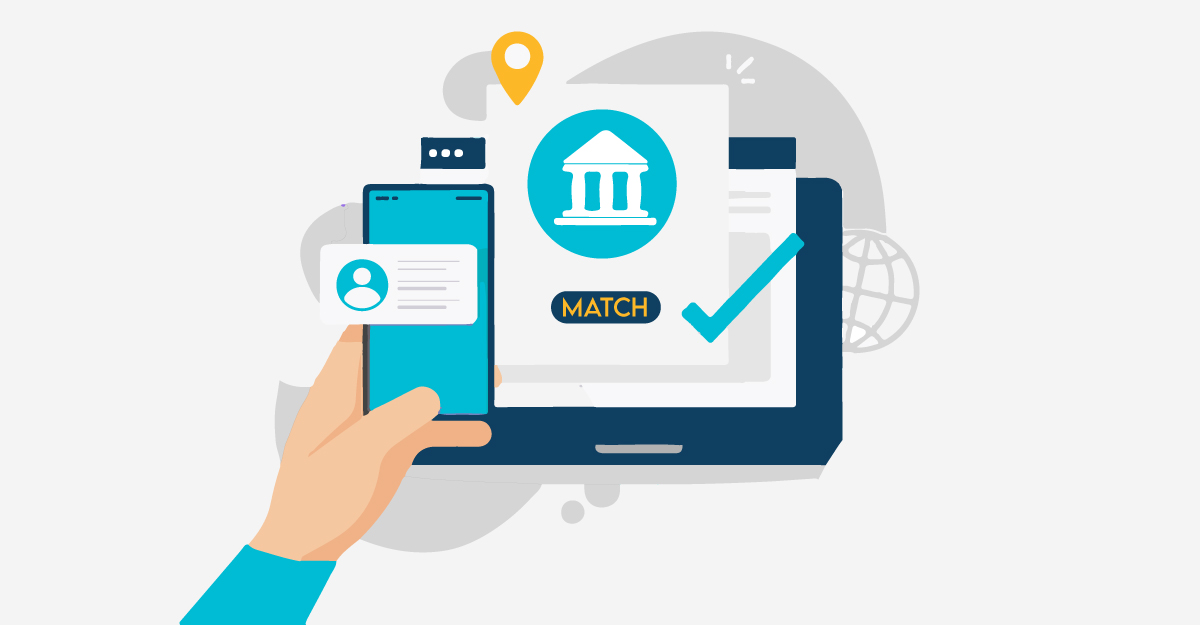
As soon as the pandemic hit the world, the Federal Trade Commission (FTC) complaints about identity theft quadrupled. Similarly, loan account fraud loss grew from $400 million to $3.4 billion in 2019, and to make matters worse, banks and credit unions are losing more and more money to synthetic identity fraud. Customer identity verification is one of the primary methods to mitigate fraud, and learning how to confirm proof of address is a vital step.
To reduce the losses and mitigate fraud, identity theft, identity verification, and loan approval software need to have stronger ways to protect digital banking solutions. One way to reduce fraud is by learning how to verify proof of address.
What’s the Need for a Proof of Address?
The verification of proof of address has several use cases, be it opening a new bank account, applying for a mortgage, or signing up for digital banking services. Here’s why proof of address verification is important:
1. Avoid Major Risks
Understanding how you prove proof of residency and why it is important is by understanding the industries it will benefit. Efficiently proving consumers’ addresses for businesses like mortgage lenders, eCommerce stores, online marketplaces, and online gaming is to make sure that the customers are who they claim.
Other industries, not just the finance industry, require utility bills for proof of address. Online platforms that book living spaces like Airbnb also use cases of address verification. Since the pandemic, Airbnb has received an increased number of fraudulent bookings. This leads to multiple customers getting scammed out of housing properties. As Airbnb doesn’t know how to confirm proof of address, fraudsters could list any property available for rental and trick customers when they try to sign up.
Online rental places like Airbnb aren’t the only industry that requires proof of address. Mortgage lenders also rely on residence verification to make sure a customer is who they claim to be. To reduce mortgage fraud, lenders ask for bank statements and utility bills, and borrowers must provide certain documents to lenders for verification.
As mentioned, banks, financial institutions, and FinTechs need to verify a lot of documents to secure themselves from fraud.
2. Regulations and Security
Frauds cause huge losses to a country’s economy and to reduce fraud regulations have to be followed. You can add verification methods to comply with regulations such as KYC, KYB, AML, and mortgage lending regulations. Following regulations can help you weed out security threats, minimize risks and avoid legal losses and keep providing customers with optimum user experience.
Verifying proof of residence is a basic requirement for KYC/KYB and AML compliance. Although some regions enforce verification of address more strictly than others. States in the USA where online gambling is legal, require strong proof of address verification. If customers or online gambling agencies do not complete the verification of address proof, it can result in hefty fines.
What Documents Count As Proof of Address?
In the USA, several documents can be used to verify proof of address, here is a list of the most commonly used documents for address verification:
- Driver’s license
- Passport
- Bank Statements
- Utility Bill
1. Driver’s License
A driver’s license is an official government ID that allows a person to operate a vehicle. Apart from a person’s driving record, a license contains a name, address, and DOB. Although there is a chance that the address listed on the Driver’s license isn’t the current address.
According to surveys, more than 30 million American residents move every year. According to regulations, every state requires you to update the address proof within 30 days of moving. But most people overlook this requirement which leads to incorrect and outdated information.
Fraudsters can easily trick the verification processes by doctoring the driver’s license using different technology. Sophisticated verification solutions like DIRO’s online document verification capture data such as proof of address directly from the original web source for verification. This means institutions can verify documents even if they are fake.
2. Passport
A passport is another government-issued ID that is used for international travel. It also helps in certifying and verifying the nationality of every individual. Passports don’t have addresses printed on them like Driver’s licenses but a user can pencil in the address by themselves. This can’t act as an official proof of address for government services but can work in certain use cases.
3. Bank Statements
A bank statement is a monthly document that is provided by the bank to the customers each month. The statement includes all kinds of financial data including what money came in and what went out. This bank statement is a document that can be used as proof of address. Bank statements contain personal information like name, address, and statement period.
To use bank statements as proof of address, they have to be recent or under 90 days. A bank statement older than 3 months can’t prove the recent address of the customer. However, using bank statements for verification of address leaves a lot of room for security risks.
When learning how to verify proof of address, banks, governments, and financial institutions must provide a sense of security to the customers. According to sources, asking customers to use bank statements as proof of address led to a 30% increase in the customer dropout rate. Bank statements contain sensitive information that customers are hesitant to provide.
4. Utility Bills
The best method of verifying proof of address is using utility bills. Recently the process of using utility bills for DMV and renewing driver’s license. Now the whole process is becoming digital.
In terms of security and seamless process, the strongest use case of address verification is utility bills. Utility bills provide the most recent address of a consumer. People can forget to update their address on their driver’s license, but just paying the utility bills is enough to provide proof of recency.
How to Verify Proof of Address with DIRO?
Verifying proof of address is vital for digital transformation and minimizing fraud. DIRO’s verification technology captures data from the original web source and verifies if an address is real or not.
DIRO’s technology is the only solution globally that can verify documents instantly which leads to an enhanced customer experience. The solution can work horizontally across various industries.



